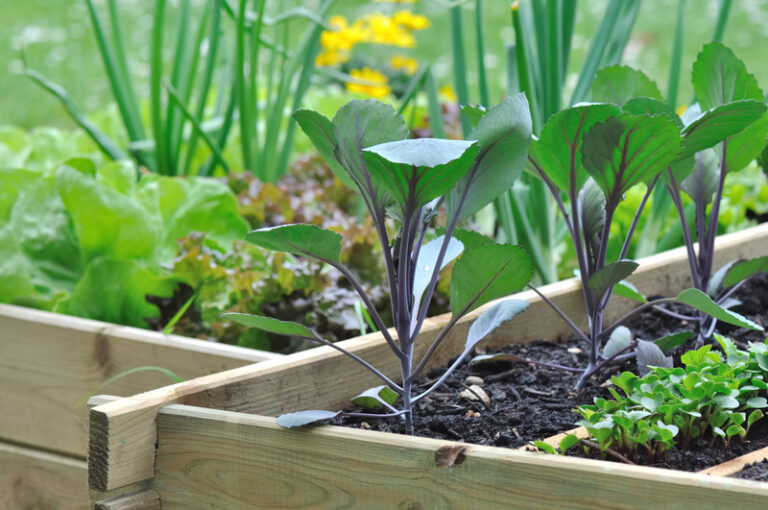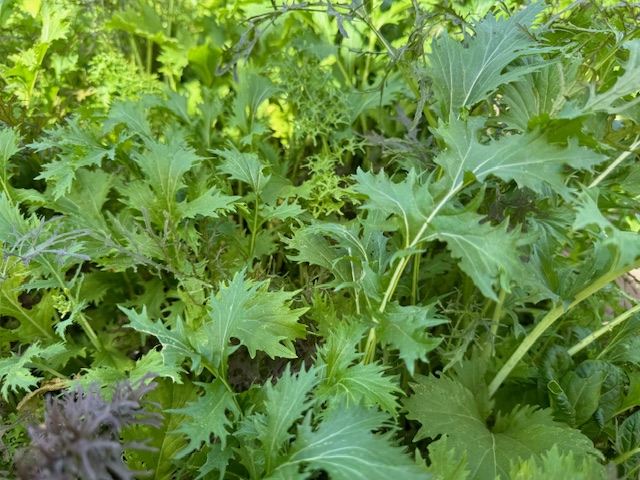Common Cabbage Pests and How to Get Rid of Them Naturally
Cabbage is a rewarding cool-weather crop, but its tender leaves are magnets for a variety of garden pests. Over my 30+ years of growing cabbage in raised beds, mounded rows, and containers, I’ve learned that early identification and natural controls are the keys to protecting plants without resorting to harsh chemicals.
Below are the most common cabbage pests I’ve battled—and the organic solutions that work.

1. Cabbage Worms
(Imported Cabbageworm, Cabbage Looper, Diamondback Moth Larvae)
Damage: Ragged holes in leaves, frass (droppings) on plants.
Natural Controls:
- Handpick worms and drop into soapy water.
- Use floating row covers to prevent egg-laying.
- Apply Bacillus thuringiensis (Bt), a natural bacterium targeting caterpillars.
My insight: I inspect my cabbage twice a week in spring—catching worms early prevents head damage and keeps leaves clean.
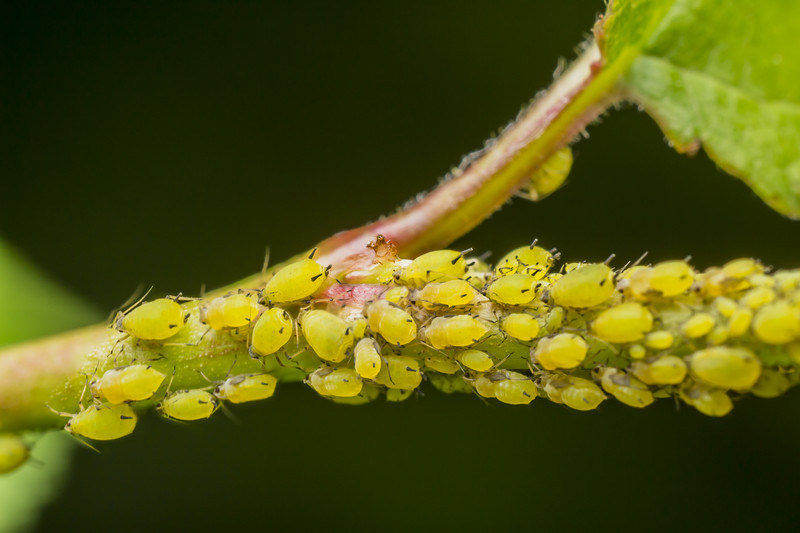
2. Aphids
Damage: Clusters of small, soft-bodied insects on leaf undersides, causing curling and yellowing.
Natural Controls:
- Blast with a strong spray of water to dislodge.
- Release ladybugs or lacewings.
- Spray with diluted insecticidal soap.

3. Flea Beetles
Damage: Tiny shot-hole patterns in leaves, especially on young plants.
Natural Controls:
- Cover seedlings with row covers until plants are well established.
- Mulch heavily to limit beetle movement.
- Use neem oil sprays as a deterrent.
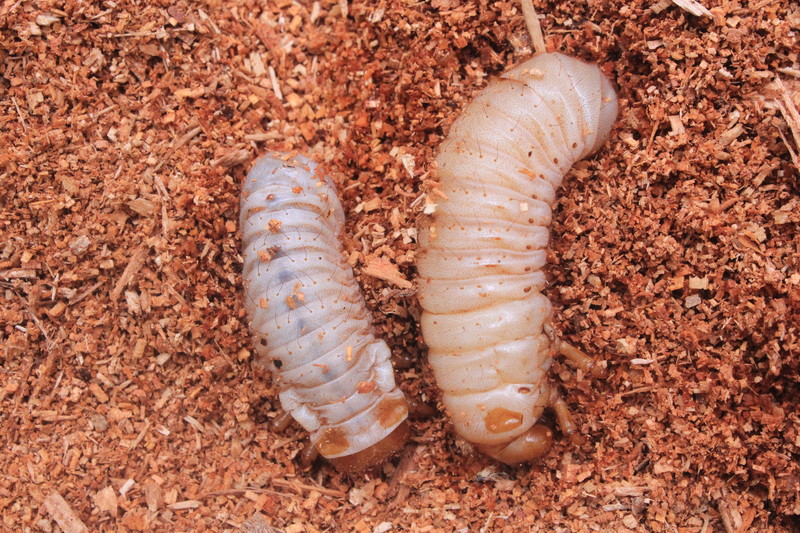
4. Cutworms
Damage: Seedlings cut off at the soil line.
Natural Controls:
- Place cardboard collars around stems at planting.
- Remove weeds and debris where cutworms hide.
- Till the soil before planting to expose larvae to predators.
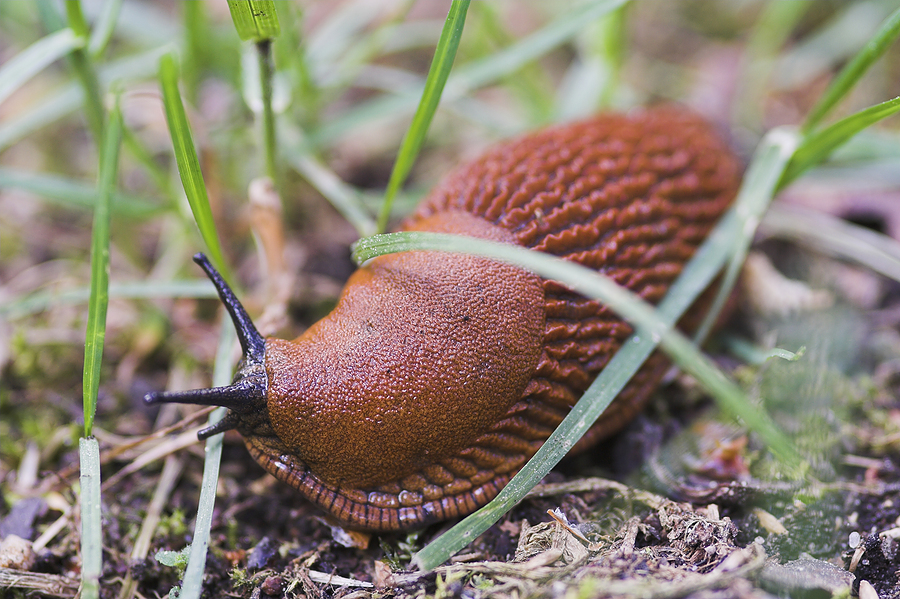
5. Slugs and Snails
Damage: Irregular holes and slime trails on leaves.
Natural Controls:
- Handpick in the evening or early morning.
- Set out shallow dishes of beer as traps.
- Use copper tape around container rims.
My takeaway:
By using natural pest control methods, I’ve been able to grow cabbage that’s both healthy and chemical-free. Early detection, preventative barriers, and encouraging beneficial insects make a huge difference in keeping crops pest-free throughout the season.
Cabbage Learning Hub
🥬 Start Here: The Ultimate Cabbage Growing Guide: From Seed to Harvest
🌿 Planting & Timing
- Cabbage Seed Starting Tips
- When to Plant Cabbage: Timing for Spring, Summer, and Fall Crops
Covers zone-based timing, transplant vs. direct sow. - How to Grow Spring Cabbage for Early Harvests
“Spring cabbage growing” – high seasonal interest. - How to Grow Cabbage in Containers: A Complete Guide
Perfect for urban/small-space gardeners. Include spacing, soil depth, and feeding. - How to Space and Thin Cabbage for Tight, Heavy Heads
Spacing is a common problem leading to poor heads or bolting.
How to Plant, Grow, and Harvest Chinese Cabbage
🦟 Pests, Diseases & Troubleshooting
- Common Cabbage Pests and How to Get Rid of Them Naturally
Aphids, cabbage worms, flea beetles, cutworms. - Why Is My Cabbage Splitting? Causes and Fixes for Cracked Heads
Very specific problem; here’s why this happens. - How to Prevent Bolting in Cabbage and Other Brassicas
Seasonal temperature swings confuse many gardeners.
💧 Care & Growing Tips
- How Much Water Does Cabbage Need? A Seasonal Watering Guide
“How often to water cabbage” queries are common. - How to Fertilize Cabbage for Leaf Growth and Head Formation
Discuss starter fertilizer, side-dressing, nitrogen balance.
What to plant with cabbage. - Common Cabbage Pests and Diseases and How to Treat Them Naturally
🧊 Harvesting, Storage & Preservation
- How to Harvest and Store Cabbage
- How and When to Harvest Cabbage for Peak Flavor and Texture
Includes signs of readiness and how to cut heads without damagin - Best Companion Plants for Cabbage (And What to Avoid)g the plant.
🥗 In the Kitchen & Beyond
- Seven Ways to Cook and Serve Cabbage
- Five Ways to Cook and Serve Chinese Cabbage
- Four Ways to Cook and Serve Napa Cabbage
🌱 Varieties & Seed Saving
- Best Cabbage Varieties for Your Climate and Growing Zone
Optimized for zone-specific growing.
- Savoy, Napa, and Red: Which Type of Cabbage Should You Grow?
Comparative format — helpful for new gardeners. - Growing Green Cabbage vs. Red Cabbage: The Differences
- Oriental Mustard Cabbage Explained: White Stalks vs. Green Stalks

